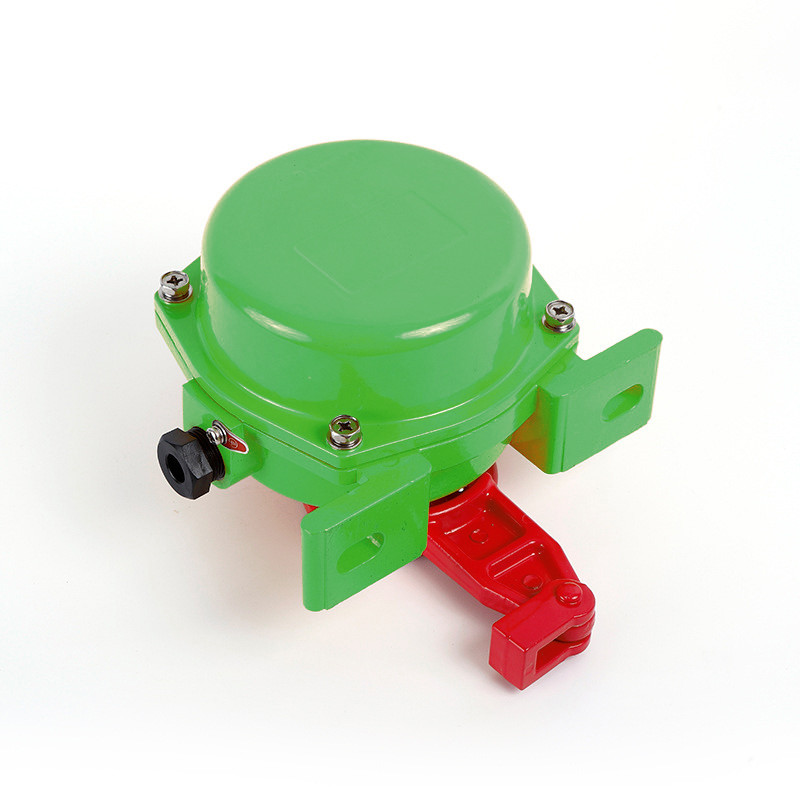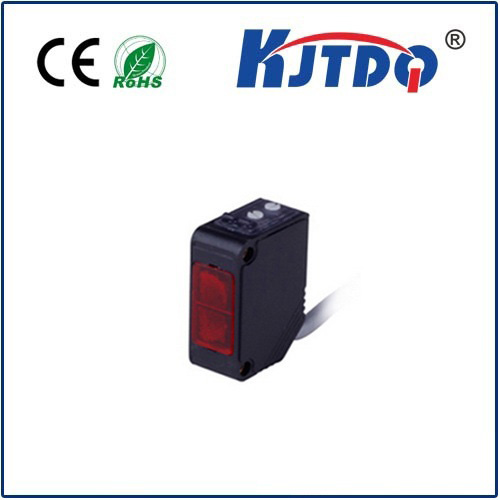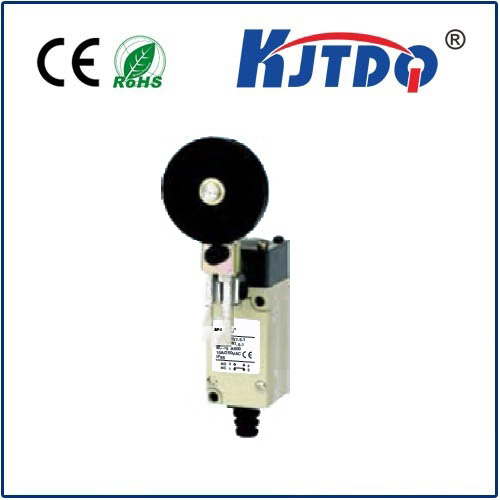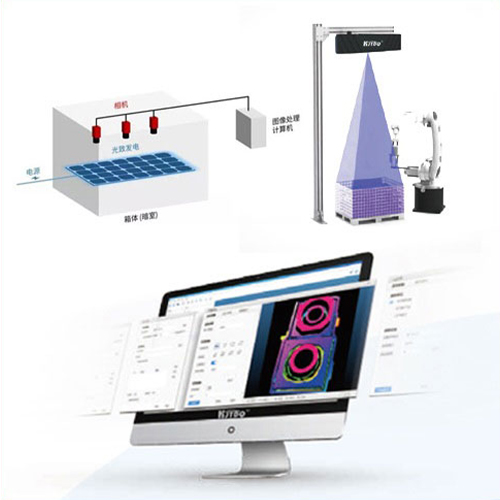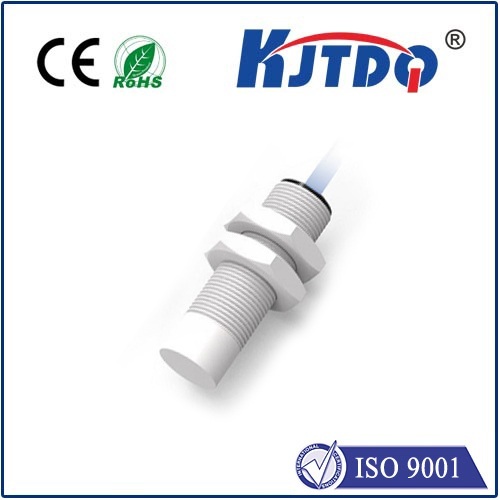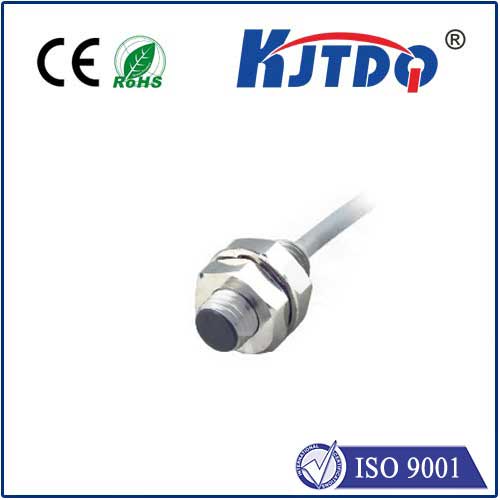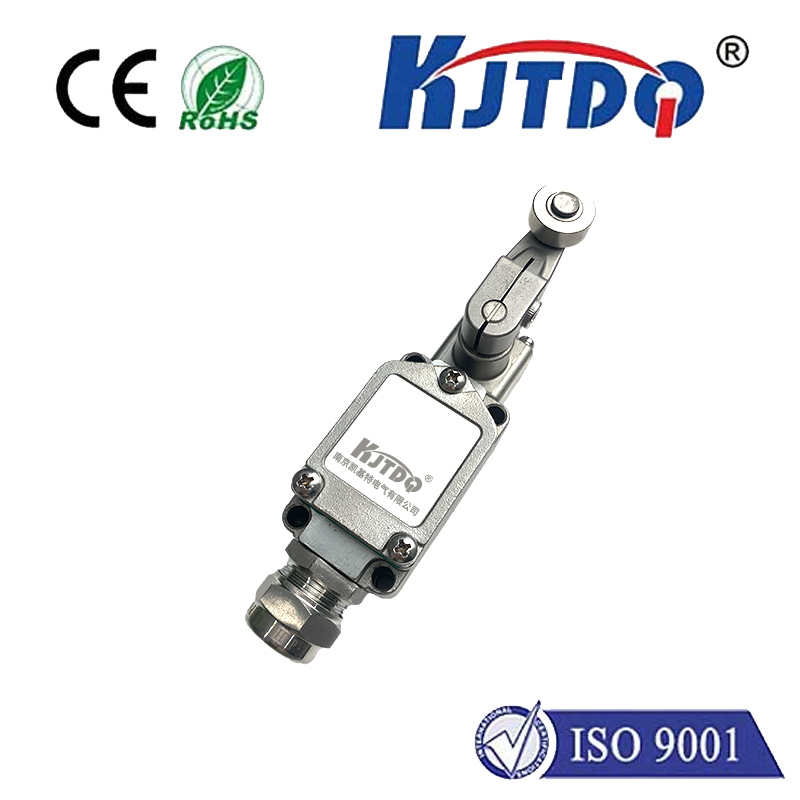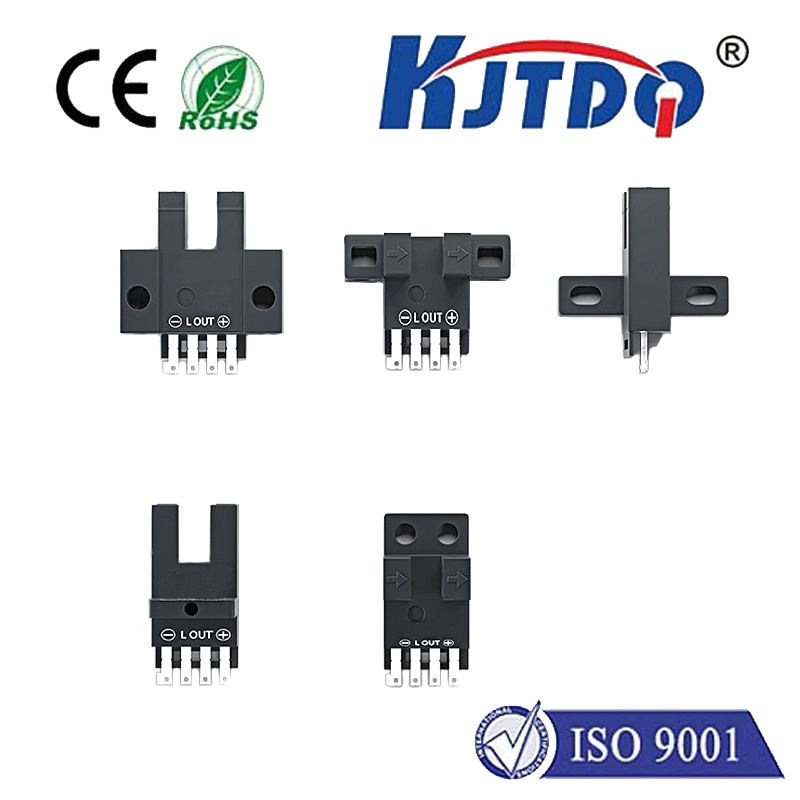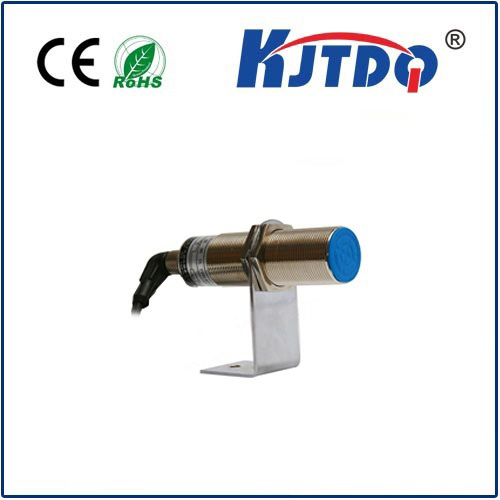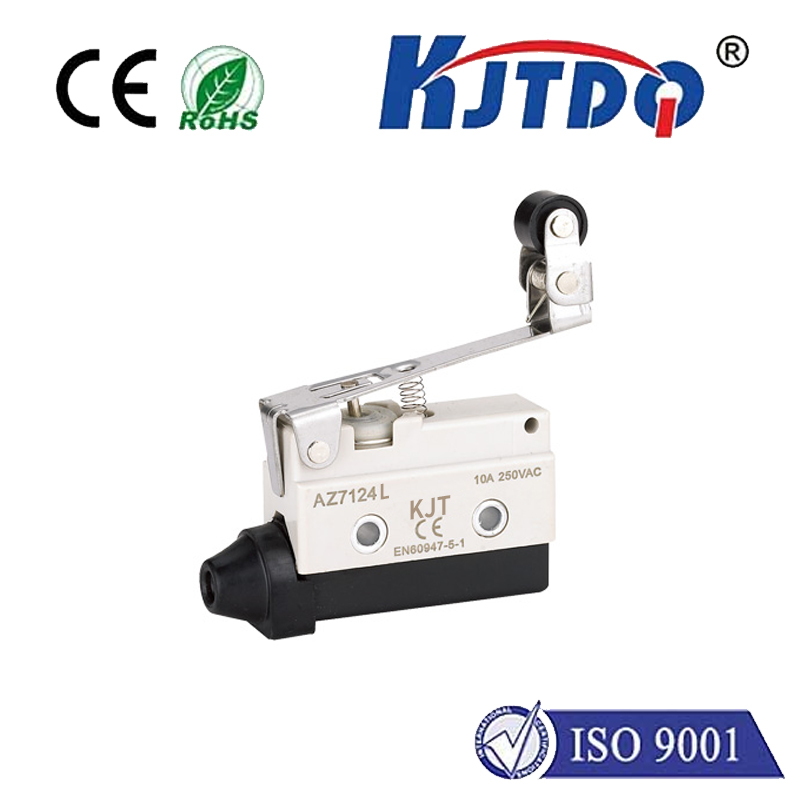

check

check

check

check

check

check

check

check

check

check

Title: Unveiling the Mysteries of Electromagnetic Proximity Sensors Introduction Have you ever wondered how modern technology can sense objects without making physical contact? One of the fascinating innovations that make this possible is the electromagnetic proximity sensor. These sensors have become integral in various applications, from industrial automation to consumer electronics. In this article, we will delve into what electromagnetic proximity sensors are, how they work, and their significance in today’s technology-driven world. What Are Electromagnetic Proximity Sensors? Electromagnetic proximity sensors, also known as inductive proximity sensors, are devices designed to detect the presence of a metal object without any physical contact. They emit an electromagnetic field that penetrates a specific detection region, and when a conductive material enters this field, it causes a change in the electromagnetic field’s amplitude or phase. This change is then detected by the sensor, which triggers an output signal, indicating the presence of the object. How Do They Work? The working principle of electromagnetic proximity sensors revolves around electromagnetic induction. The sensor consists of a coil that generates a high-frequency alternating electromagnetic field. When a metallic object comes close to the sensor but does not physically touch it, eddy currents are induced in the object due to the magnetic field. These currents create a secondary magnetic field that opposes the original one, thus changing the inductance of the coil. The sensor circuit measures this change and processes it to determine the object’s proximity. Applications of Electromagnetic Proximity Sensors Thanks to their non-contact nature, electromagnetic proximity sensors are ideal for applications where mechanical wear and tear are to be minimized. They find extensive use in:
